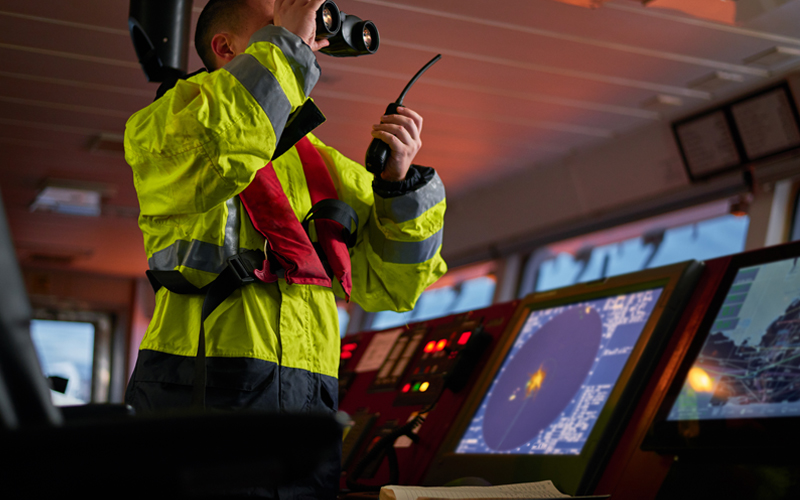Digitalisation in the maritime sector – The fleet of the future is coming
The maritime industry is responsible for transporting an estimated 11 billion tons of cargo across the world’s oceans each year. However, moving vast amounts of freight to numerous ports on an almost hourly basis is not without its challenges.
The slightest change in weather, route or cargo could severely impact the supply chain of hundreds, if not thousands of businesses. Not to mention the impact any delay could have on the environment. As a result, the maritime industry is under increasing pressure to find innovative ways to improve its operational efficiency.
A report by the World Bank and the International Association of Ports and Harbours (IAPH) suggests that digital technology could greatly enhance the performance and resilience of maritime supply chains. Through the digitalisation of the industry, it’s believed there could be wide-ranging economic benefits, especially for developing countries.
Here, we examine why the maritime industry has fallen behind with its digital transformation process, and how harnessing the power of new technologies can deliver more effective operations.
Why has the maritime sector fallen behind with its digital transformation?
As an industry, shipping has traditionally been reactive, not proactive. Misconceptions such as the cost and risk associated with digital transformation have slowed progress in the transition to adopting new technologies. Why is this? Mainly because shipping owners want hard evidence to show digitalisation delivers the benefits experts suggest it will.
However, the impact of the COVID-19 pandemic forced the sector to accelerate the introduction of digital processes. Increasing efficiency, maintaining the highest-possible safety standards and delivering more sustainable solutions through digitalisation is now considered a priority for shipping companies.
Embracing big data and analytics
There are many benefits to digital transformation within the maritime sector but arguably one of the main ones is the ability to access big data and analytics. Embracing digital insights gathered from ships and ports, such as historical ocean conditions and container trends, could help gain a competitive advantage and streamline efficiency.
For example, in 2021 a report by Inmarsat suggested that, within two years, 66% of shipping owners expected to have between five and 30 connected applications onboard their ships. The introduction of IoT devices, automation and seamless connectivity will not only increase vessel performance but also gives organisations access to real-time data which can have a positive influence on day-to-day decision-making and real-life events. Implementing cloud based IoT systems will help reduce costs, improve efficiency and keep crews safe while at sea.
Increased efficiency, profitability and safety through digitalisation
Efficiency is inextricably linked to profitability, so by improving supply chain networks with the implementation of innovative technologies, shipping companies can increase profits. Using real-time data gathered from onboard devices can add value to shipping companies’ decision-making processes. For example, using the latest satellite technology to forecast inclement weather can prevent costly delays that will affect the onward transportation of goods once they’ve arrived in port.
Digitalisation also offers shipping owners the capability to make last-minute changes to route planning in the event of a large-scale disaster or a rise in geopolitical tensions. The ability to customise systems and automate processes to fit the needs of individual ships and cargoes means businesses have a reliable, cost-effective solution that can save time, money and lives.
The future of marine technology
Digital transformation is having a significant impact on major industries across the globe, but the maritime sector needs to catch up if it’s to reap the same rewards. Embracing innovative technologies such as automation, IoT and AI that can deliver unrivalled performance could have many benefits for shipping companies and their supply chain network.
However, a reluctance to do so means some areas of the industry are falling behind their competitors. The fleet of the future is coming and now is the time to turn to new technologies and digitalisation.
To find out more about range of smart marine solutions, click here

